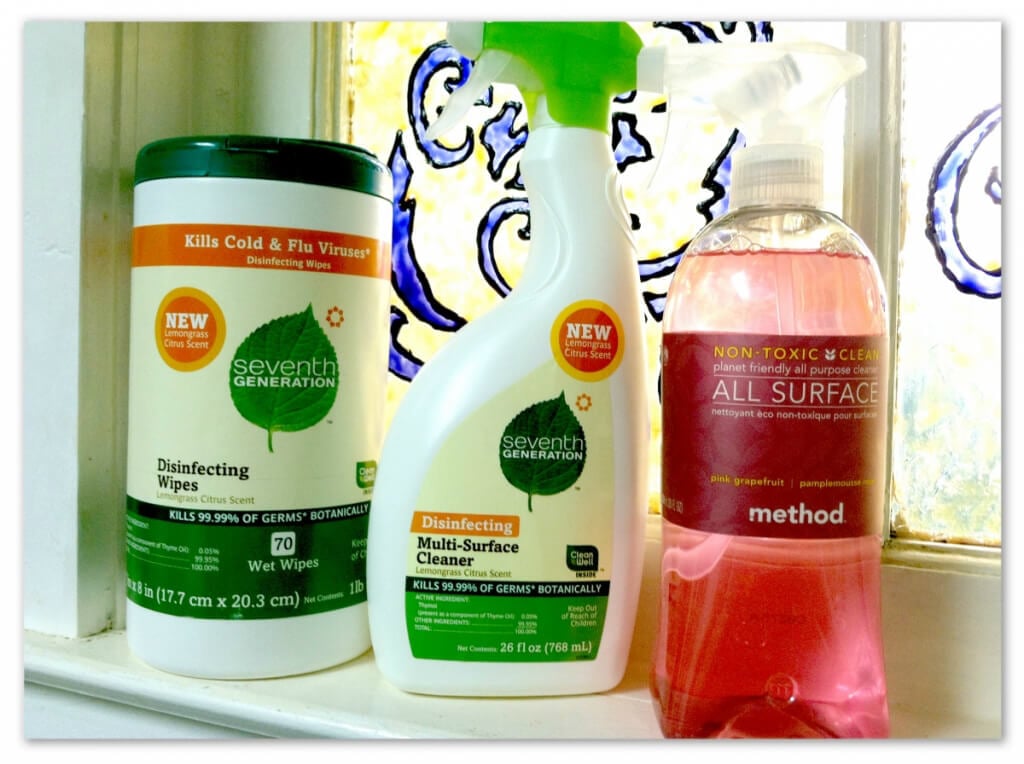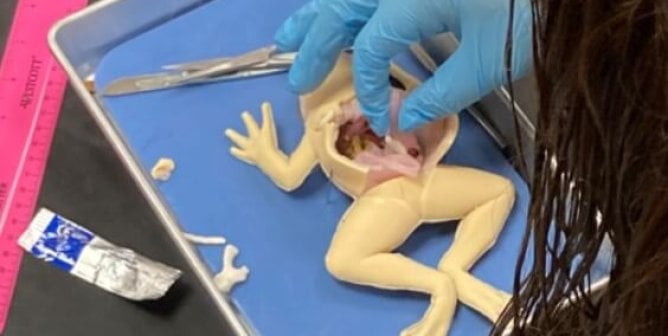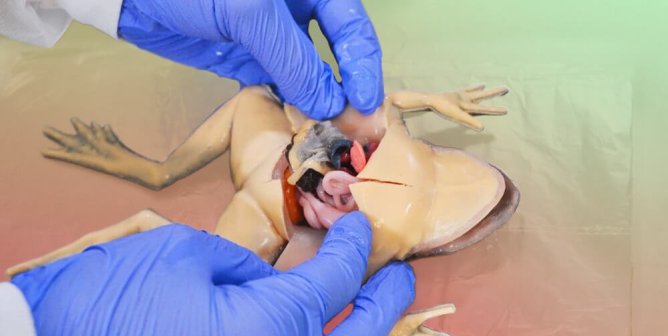Animals Don’t Belong in Labs
This lesson plan is designed to help teachers present animal rights issues to their students. If you’re an educator, please feel free to adapt this material to fit your needs, and contact us if you need help incorporating this activity into your curriculum!
Suggested grade levels: Kindergarten–5th grade
Objectives: To be able to identify cruelty-free household and personal-care products and the cruelty-free label, to learn about animal testing and the animals who are commonly used for this purpose, and to develop empathy for animals in laboratories.
Every year, millions of animals are burned, poisoned, forced to undergo painful procedures, and killed just to test cosmetics and household products—even though testing these products on animals isn’t required by law. Explain to your students why no animal, large or small, deserves to be imprisoned in a laboratory and that simply checking for PETA’s “cruelty-free” bunny logo on products the next time they shop with their parents can save animals’ lives. For this lesson, please have on hand a few certified cruelty-free products from home to assist with the activity (e.g., hand soap, shampoo, toothpaste, floor cleaner, etc.). If possible, also have a couple of products handy that aren’t certified cruelty-free (if you don’t have any at home, perhaps you can borrow something from a friend or colleague).
To start, let your students know that many of the products that we use every day are tested on animals—we just don’t see it. Explain that animals such as bunnies, mice, rats, monkeys, and even cats and dogs are forced to undergo scary and cruel experiments to test products such as soap, shampoo, makeup, household cleaners, and more. Let students know that although we think of these animals as being different from us, they still feel pain and fear just as we do. Show your students that even tiny animals, such as mice and rats, are intelligent, have complex emotions, and deserve our consideration by playing this quick video that’s full of fascinating rat facts:
Explain that despite all this, rats in laboratories have all sorts of terrible things done to them, including being regularly injected with various chemicals—and they’re not even given painkillers during these experiments.
After discussing rats, share photos and facts about other animals who are commonly used for product testing. Have students practice empathy by asking them how they would feel if they had to endure the same scary tests as these animals:
Bunnies
Not only are bunnies adorable, they’re also clever—when chased, they’ll run in a zigzag pattern in order to confuse the predator! They live underground in communities called “warrens,” and they love to eat all kinds of yummy plants and berries.
However, bunnies in laboratories are forced to undergo scary experiments—such as having dishwashing liquid and other chemicals poured into their sensitive eyes. You know how much it burns to get soap in your eye—imagine having that happen every day and not even being allowed to rinse it out with water.
Monkeys
Monkeys are a lot like human beings—in fact, we share 98 percent of the same genes. In the wild, monkeys form strong bonds with their families, and they love to play and be active—spending lots of time climbing trees, swinging from vines, and even swimming!
But in laboratories, monkeys are often taken away from their moms shortly after birth and locked inside small, cold cages with hardly enough room to turn around. They often have tubes stuck up their noses and down through their throats into their stomachs—imagine how scary it would be to have that happen and to be all alone, unable to defend yourself.
Dogs
Your students probably already know that dogs are intelligent, loyal, loving, and protective. Because they’re pack animals, dogs are very social, and they want to snuggle with their guardians and have a warm, cozy place to sleep indoors. They like going on walks, playing, and being with those they love as much as possible.
It’s shocking, but dogs are often subjected to cruel laboratory experiments and studies in which they’re fed poisonous chemicals. Would you ever feed your dog soap? Of course not—it would make them very sick, and it could kill them! But in laboratories, they’re force-fed all kinds of terrible things that make them ill and miserable.
Discuss the difference between the lives that these animals want to live and the lives that they’re forced to live in laboratories. Ask students how each scenario would make them feel if they were that animal.
Then, introduce students to PETA’s cruelty-free bunny logo, and explain how easy it is to buy products that aren’t tested on animals. The next time they’re at the store with their parents, all students have to do is look for the bunny logo to be assured that they’re not supporting cruelty.
Using your own products, show students what cruelty-free labels might look like. If you’re able to show them products that aren’t cruelty-free, compare the labels and discuss the fact that both products are used the same way but that by buying the cruelty-free version, we’re helping animals.
If parents are interested in learning more, order some of PETA’s Cruelty-Free Shopping Guides to have on hand, or refer them to PETA’s searchable database of cruelty-free companies.










